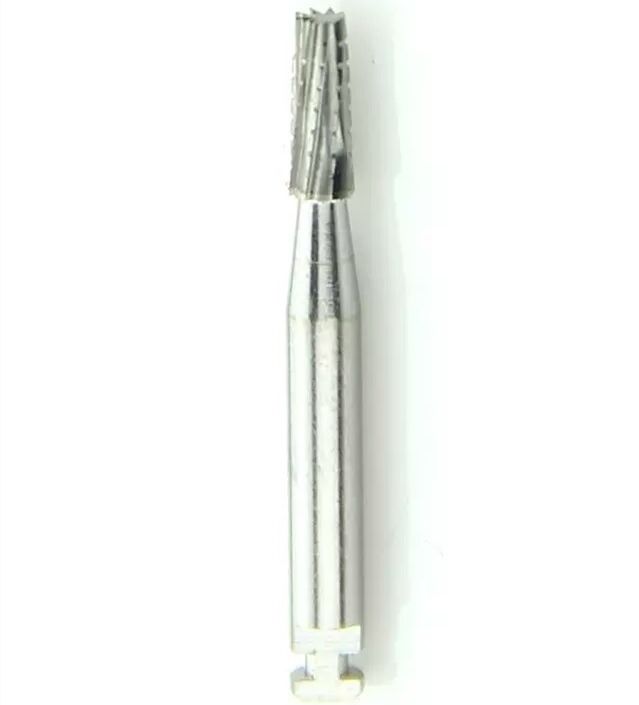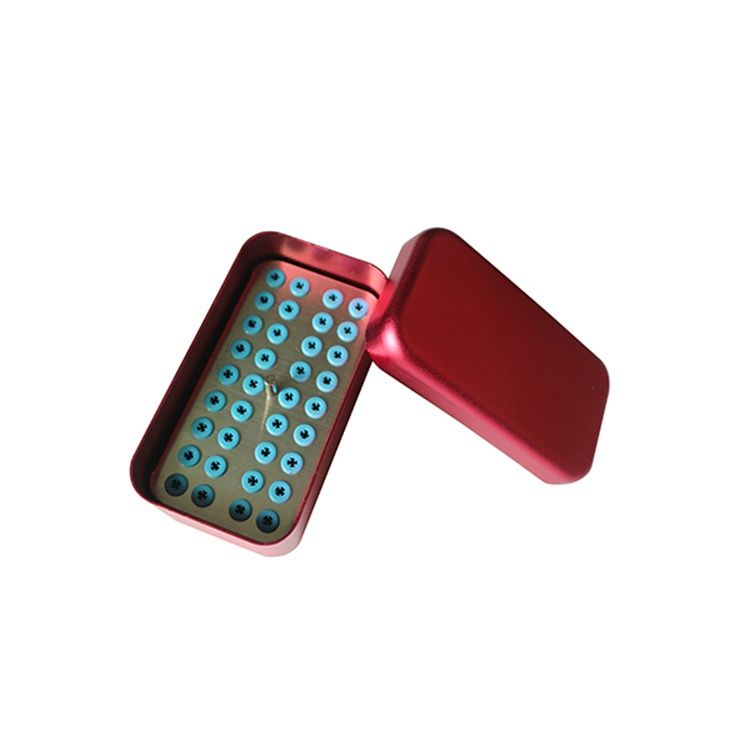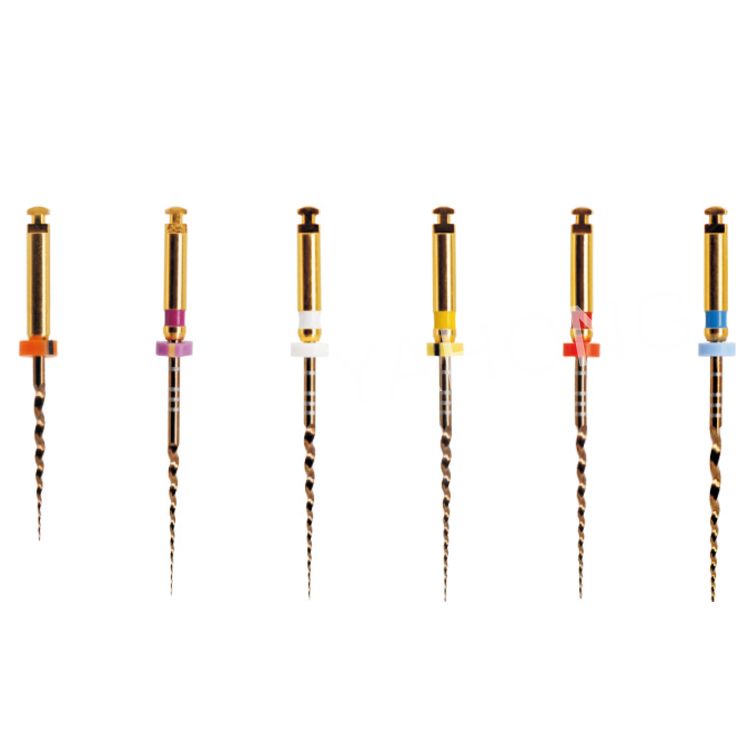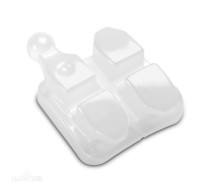SIGN UP FOR NEWSLETTER
Signup for our newsletter to get notified about sales and new products
Dental practice required high-quality and efficient dental tools—the dental instruments utilized in practice. In addition, various dental procedures needed an excellent range of dentist instruments. Most devices are hand-driven for manual use. The operator selects the precise tools consistent with procedure complexity and wish.




There are two primary sorts of dental instruments:
Hand-operated instruments: They don't need any power source and are easily employed by manual force. They will be cutting or non-cutting tools. The cutting instruments included scalers and periodontal curettes. The non-cutting agents are anesthesia syringe, composite filling, and dental elevators are the foremost standard hand-operated instruments. They work on the finger grip motion with the fulcrum. The non-disposable or metal instruments are often reused after autoclave sterilization.
Parts of Hand operated dentist instrument:
Handle: it offers an edge on instruments. They are often serrated or non-serrated. The dimensions shape of the diameter of the handle varies with each device. Few dentist instruments have a usually disposable plastic handle.
Shank: It connects the handle and blade of the dental instrument. Shank is often straight or angled. The angulation of the shank provides stability or access during dental operations.
Blade: it's the central working part of dental instruments. The sting features a beveled end for the cutting. The device can have one side blade, or it is often two-sided consistent with the fabrication of the instrument.
Power-operated dental instruments: They required an electricity source or a handpiece for working. Dental burs are the main standard hand-operated dentist instruments in clinics. The dimensions and shape of dental burs change for various procedures.